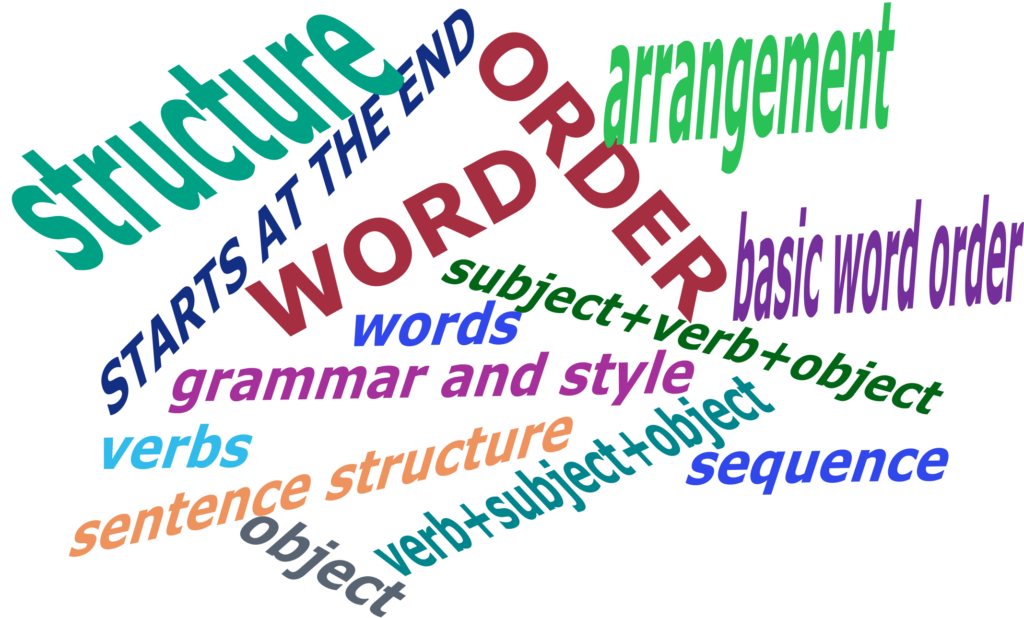Will Your Client Have a Hard Time Understanding Your Translation?

We've established that translating is a technical skill, but more than that, it's an art.
Every translator needs to have a deep understanding of the languages he or she works with so the end result – the translation in the target language – reflects the original in all its essence.
We all know that the rules of grammar and style for each language govern word order in a sentence. For example, the basic rule in both Portuguese and English is
SUBJECT + VERB + OBJECT.
Example:
"ELA É MINHA IRMÃ"
or 'SHE IS MY SISTER'.
If someone should say
"IRMÃ MINHA ELA É"
or 'SISTER MINE SHE IS',
you'd know right away something was off. It would be as if you were listening to Yoda (from Star Wars – The Empire Strikes Back) say:
'Around the survivors a perimeter create',
using his style of VERB + SUBJECT + OBJECT.
Depending on the word order you use in the translation, the reader (most likely your client as well) may have a really hard time understanding the meaning or, worse yet, not understand anything at all, which, let's face it, would reflect poorly on your work.
Take a look at the examples below.
yellow suits you well
greed is my pet aversion
she doesn't seem to see my point
The word order in these three sentences is correct. Now, let's look at some Portuguese translations we found on the Internet.
amarelo fica bem em você
ganância é minha aversão a animais de estimação

ela não parece ver meu ponto
Not only are they entirely literal (translating only the 'letter') and lacking 'spirit' (critical linguistic and grammatical aspects were disregarded), but they also fail to take the correct word order into account.
Sometimes, the correct Portuguese translation might start with a word used in the middle or at the end of the English expression, and not necessarily with the one used at the beginning of the expression in the source language. However, this kind of thing is easy to work out when you have a reliable go-to reference.
Now compare them with the translations found in AVRO dx. See how the word order for the translation of 'yellow suits you well' started with 'you', not 'yellow', which is very different from the English sequence. That's when it starts at the end.

(Color) suits (someone) well: (Alguém) fica bem de (cor) | (alguém) fica bem usando (cor) | (alguém) fica bem na cor (nome da cor) (yellow suits you well = você fica bem de amarelo).
In the following case, the translation given by AVRO dx follows a word order that's completely different from the original in English, resulting in a translation of the idea, not merely the words.

Pet peeve (omq pet hate | pet aversion): A coisa de que (alguém) tem mais aversão | a coisa que (alguém) mais detesta (greed is her pet aversion = a coisa a que ela tem mais aversão é a ganância | my pet peeve is having to do the dishes = a coisa que eu mais detesto é lavar vasilhas).
Again, here we have a translation of the idea in which there's no corresponding word used in English in the Portuguese expression. Why? Because the spirit prevailed!

To see (one's) point: Entender o que (alguém) está querendo dizer (she doesn't seem to see my point = parece que ela não entende o que estou querendo dizer).
Now do you understand the difference between a pseudo-translation and a reliable, well-thought-out translation? See what kind of price you pay by relying on free content?
A translation you can count on is what you get when you use AVRO dx.
AVRO dx is a comprehensive (English-Portuguese-English) reliable database containing over 250,000 primary entries, thousands of technical terms from all segments, over 3,700 pictures, plus helpful example sentences and explanations.
Watch the video below to learn more about AVRO dx and what it can do to help you and your career!